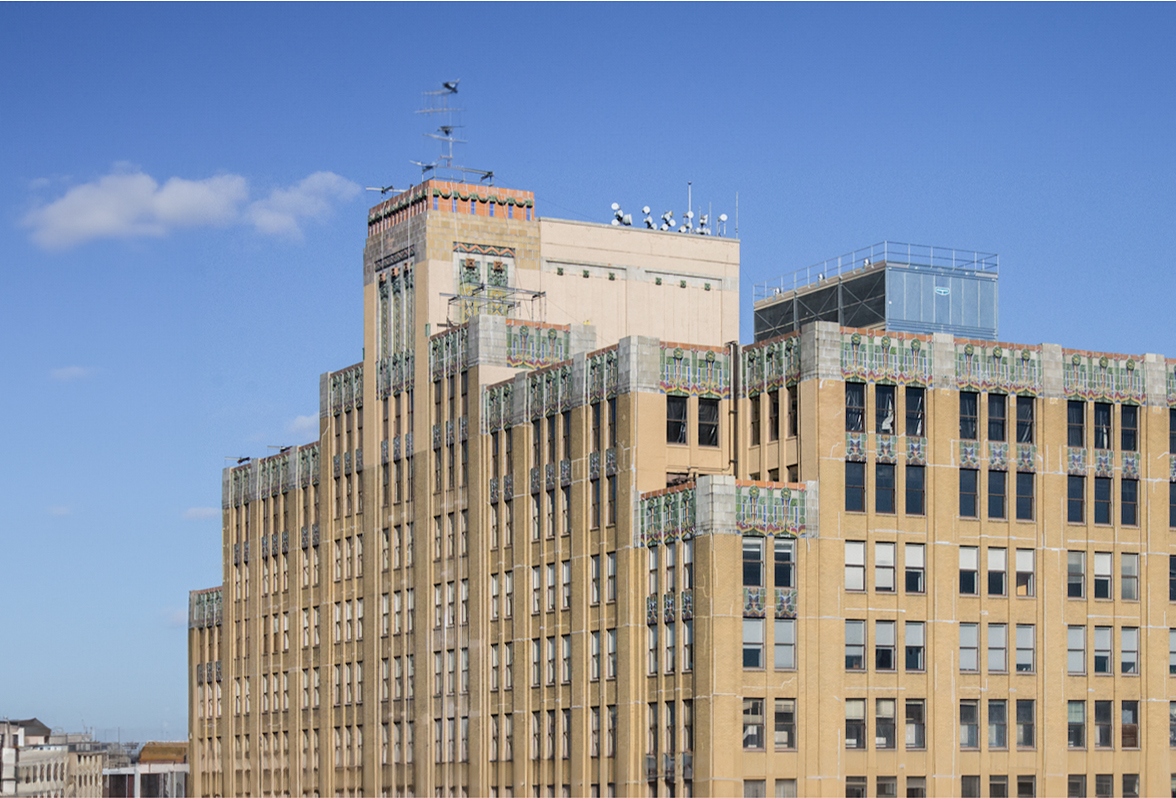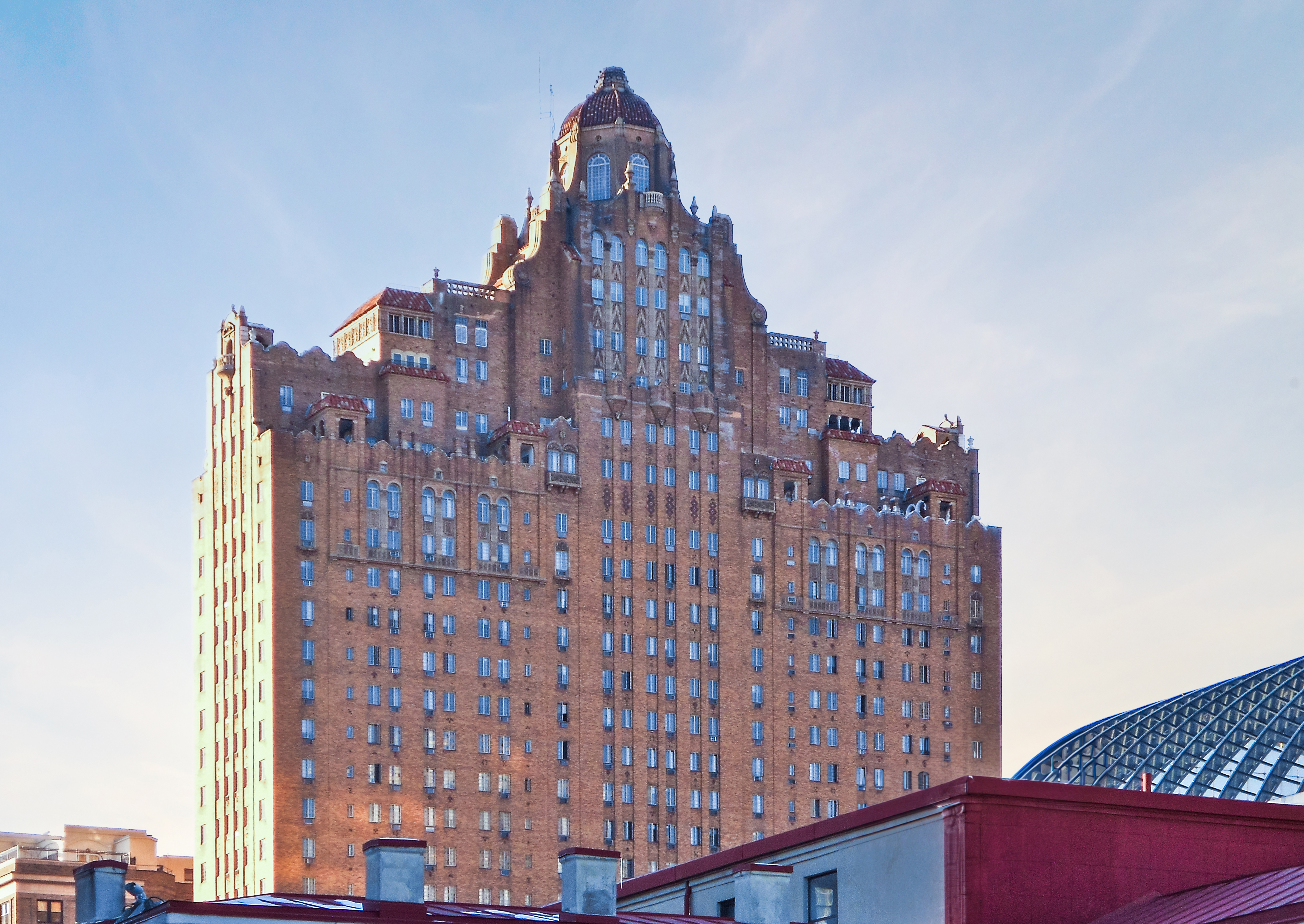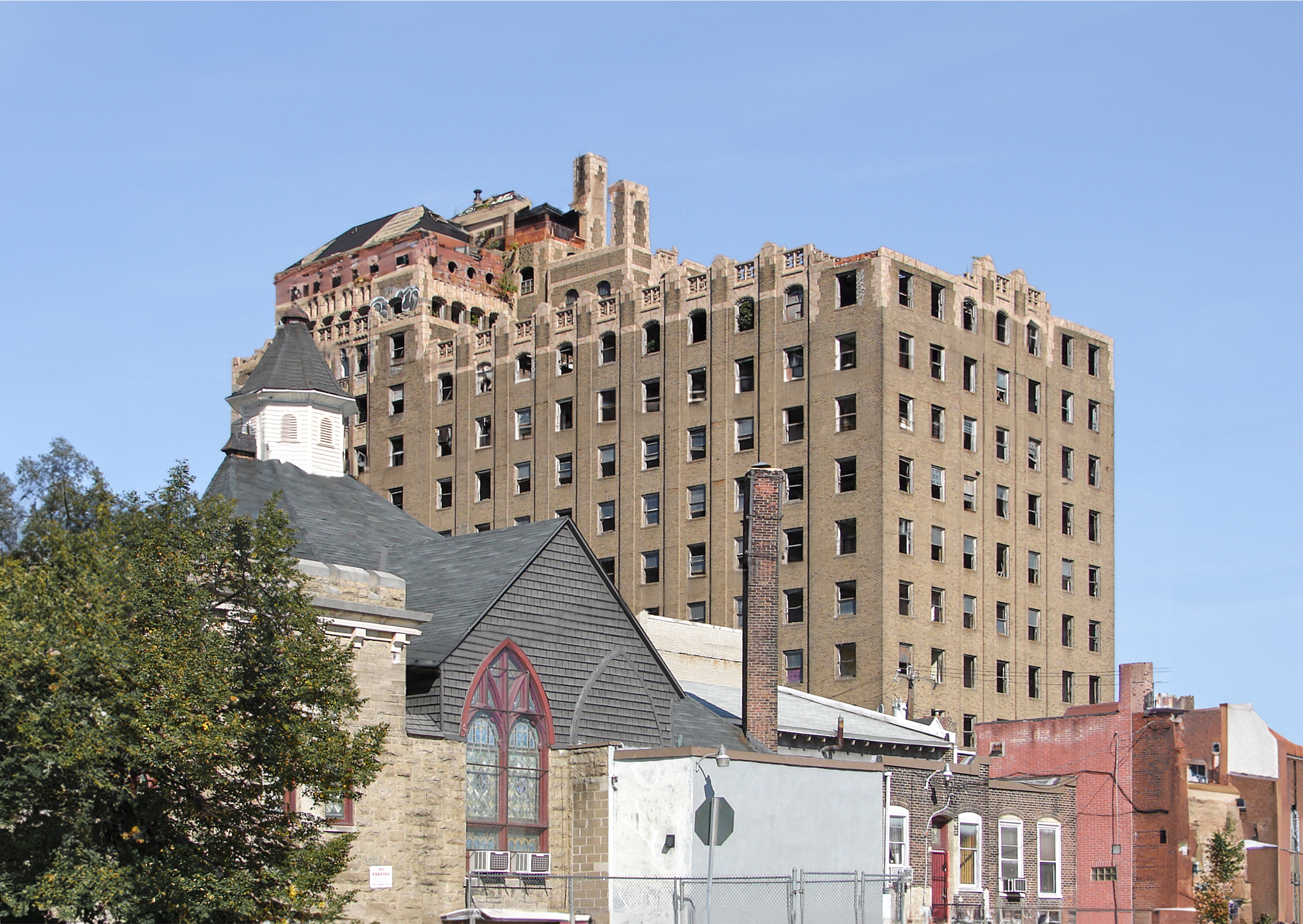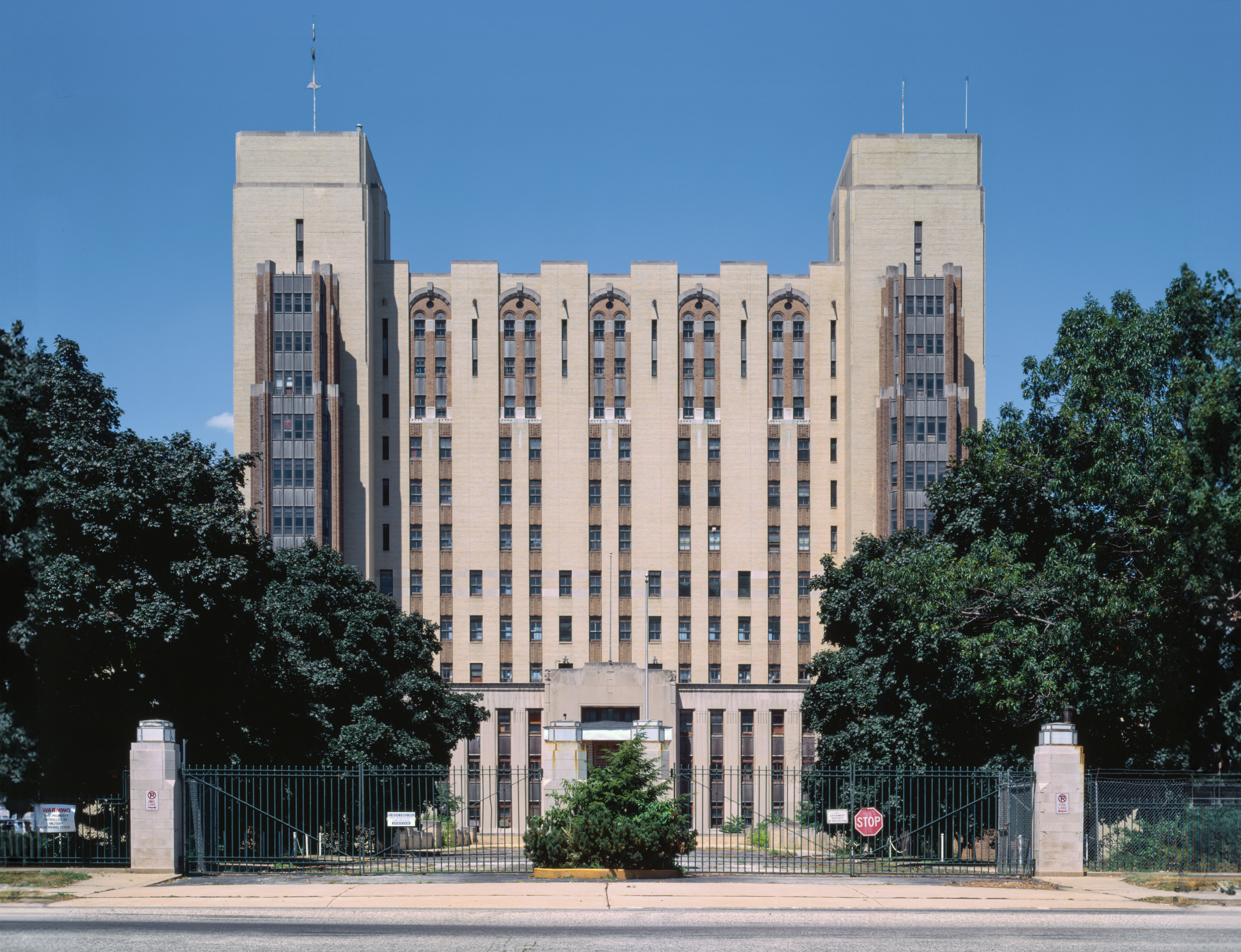The Terminal Commerce Building is an Art-deco skyscraper designed by Steele, William & Sons , and built between 1929 and 1931, for a reported $4.00 million dollars, in Philadelphia, PA.
Terminal Commerce Building is not the only name you might know this building by though. The building is, or has also been known as North American Building.
Its precise street address is 401 N.Broad Street, Philadelphia, PA. You can also find it on the map here.
The Terminal Commerce Building is a structure of significant importance both for the city of Philadelphia and the United States as a nation. The building embodies the distinctive characteristic features of the time in which it was built and the Art Deco style. Because of that, the Terminal Commerce Building was officially included in the National Register of Historic Places on July 24th 1996.
At the time of its completion in 1931 the Terminal Commerce Building incorporated solutions that were quite advanced at the time, these included being the first warehouse in the country with a freight station underneath it .
The building has been restored 3 times over the years to ensure its conservation and adaptation to the pass of time. The main restoration works happened in 1955, 1980 and 2014.






